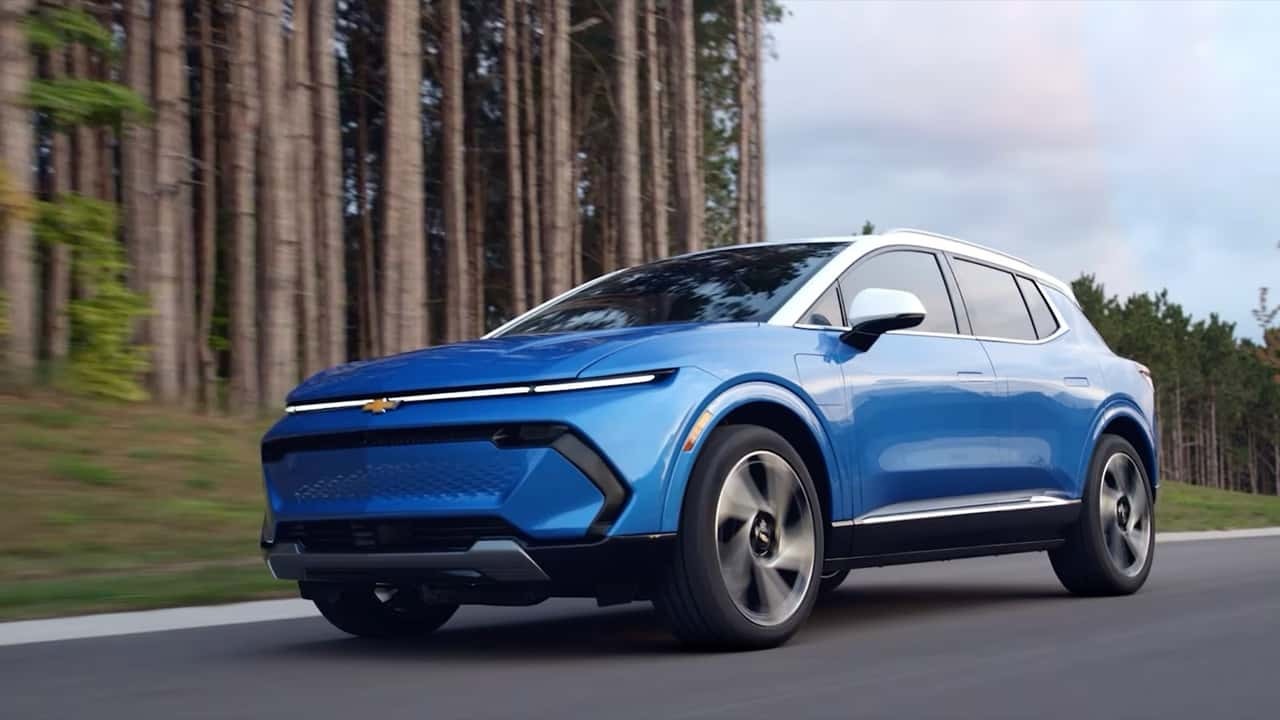
GM Achieves Record EV Sales in August as Customers Rush Before Tax Credit Expiration
The U.S. electric vehicle (EV) market experienced a historic surge in August, with total industry sales likely reaching an all-time monthly record. A major driver of this unprecedented momentum was General Motors (GM), which reported selling more than 21,000 EVs across its Chevrolet, Cadillac, and GMC brands. For GM, this performance reinforced its position as the second-largest EV seller in the United States, only behind Tesla, and underscored the growing demand for its diverse EV lineup.
Record-Breaking Month for GM
GM executives confirmed that August marked the best month ever for the company’s EV sales. The push was fueled largely by consumer urgency to purchase before the expiration of federal EV tax credits scheduled for September 30. Popular models such as the Chevrolet Equinox EV, the luxury Cadillac LYRIQ, and the newly launched GMC Sierra EV played a central role in attracting customers to dealerships.
“August was our best month ever for EV sales – and we expect that buying surge to pay long-term dividends, given our industry-leading manufacturer loyalty, and EV customers’ overwhelming commitment to the technology,” GM stated. The company credited its team members and dealer network for helping it outperform most other competitors in the EV space.
September Outlook and Market Adjustment
Despite the momentum, GM acknowledged that sales volumes are likely to normalize after the expiration of federal incentives. With tax credits ending on September 30, industry experts expect a slowdown in EV sales in the fourth quarter. GM itself anticipates a smaller EV market in the near term but emphasized that it will not overproduce vehicles, opting instead for a balanced approach that matches supply to demand.
While acknowledging this short-term contraction, GM expressed confidence that it can continue growing its EV market share. The company believes its strategy and vehicle portfolio place it in a favorable position compared to rivals who may struggle to adapt.
Strong Portfolio Across Key Segments
GM’s optimism stems from the breadth of its EV offerings. The company highlighted that, even before the introduction of the Inflation Reduction Act (IRA), the strongest areas of the EV market were affordable vehicles and luxury models. GM currently addresses both segments effectively:
- Affordable Options: The Chevrolet Equinox EV and the upcoming return of the Chevrolet Bolt provide attainable entry points for mainstream buyers.
- Luxury Choices: The Cadillac LYRIQ offers a premium experience for customers seeking style and advanced technology.
- High-Performance Trucks and SUVs: GM’s Chevrolet, GMC, and HUMMER EV pickups and SUVs deliver performance, range, and design features that are unmatched in the industry.
This portfolio breadth gives GM a competitive edge and allows it to appeal to a wide spectrum of buyers, from first-time EV adopters to loyal premium-brand customers.
Competitor Retrenchment Creates Opportunity
In contrast to GM’s expansion, the automaker pointed to “marginal competitors” that have begun scaling back their EV production and delaying product launches. This retrenchment, GM argues, could ease industry-wide overproduction and put an end to the heavy discounting that has pressured margins across the sector. By maintaining discipline and focusing on strong product demand, GM aims to capitalize on these shifts in the competitive landscape.
Expanding Charging Infrastructure
Another factor strengthening GM’s long-term EV outlook is the rapid expansion of public fast-charging availability. Through partnerships with GM Energy, EVgo, IONNA, and others, the automaker is working to improve convenience for EV drivers. By the end of 2025, GM customers are expected to have access to more than 65,000 public fast-charging bays nationwide. That figure is projected to rise to 80,000 by the end of 2026 and 100,000 by 2027, representing a 50% increase in just three years.
This expanded charging network is expected to reduce one of the primary barriers to adoption – range anxiety – and make EV ownership more practical for everyday drivers, particularly those who take longer trips.
Continued Strength in Gasoline Portfolio
While GM remains committed to electrification, the company emphasized that its traditional internal combustion engine (ICE) portfolio continues to deliver strong results and will remain a critical part of its strategy. Executives noted that this dual portfolio gives GM a level of flexibility and profitability that pure EV manufacturers do not possess.
“Our ICE portfolio continues to separate our brands from the pack,” the company stated, pointing to leadership in full-size pickups, full-size SUVs, and strength in other SUV segments. GM indicated that its upcoming third-quarter sales results, set to be released October 1, will demonstrate continued momentum in these categories.




